Vintage Times-Union: Oceanfront Hanna Park and the Bold New City of the South
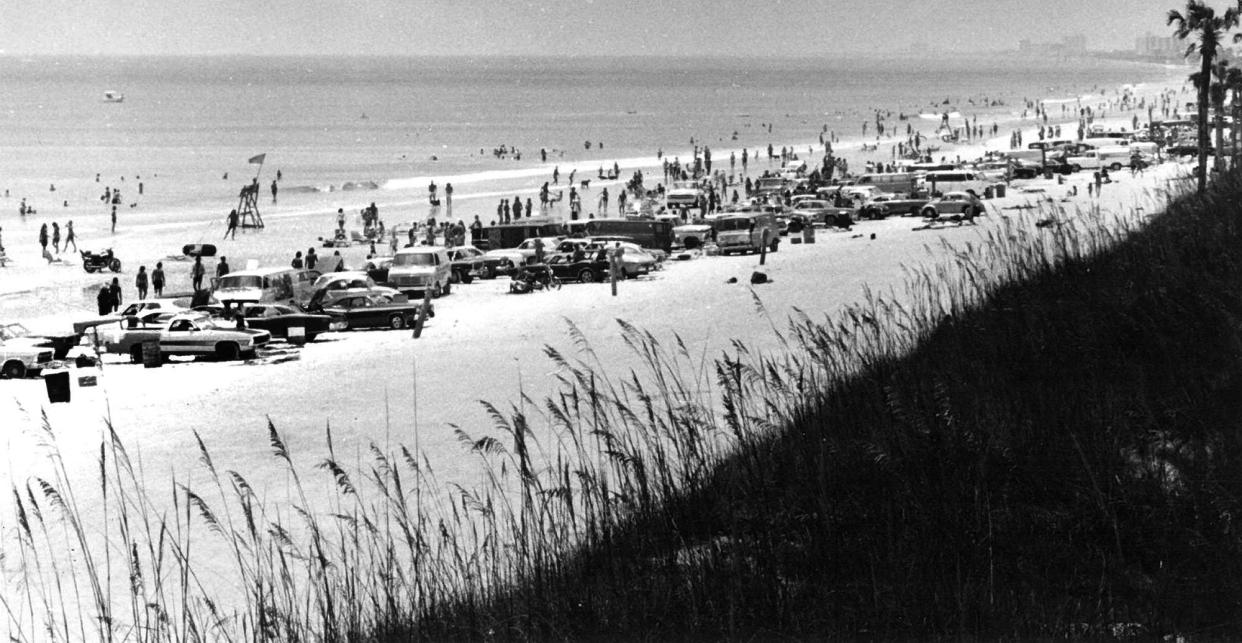
Fans of Jacksonville's Kathryn Abbey Hanna Park sometimes wonder out loud how many U.S. municipalities would envy such an oceanfront refuge within their city limits.
But they already know the answer: All of them.
How the park came to be: A small gift leads to big Hanna Park
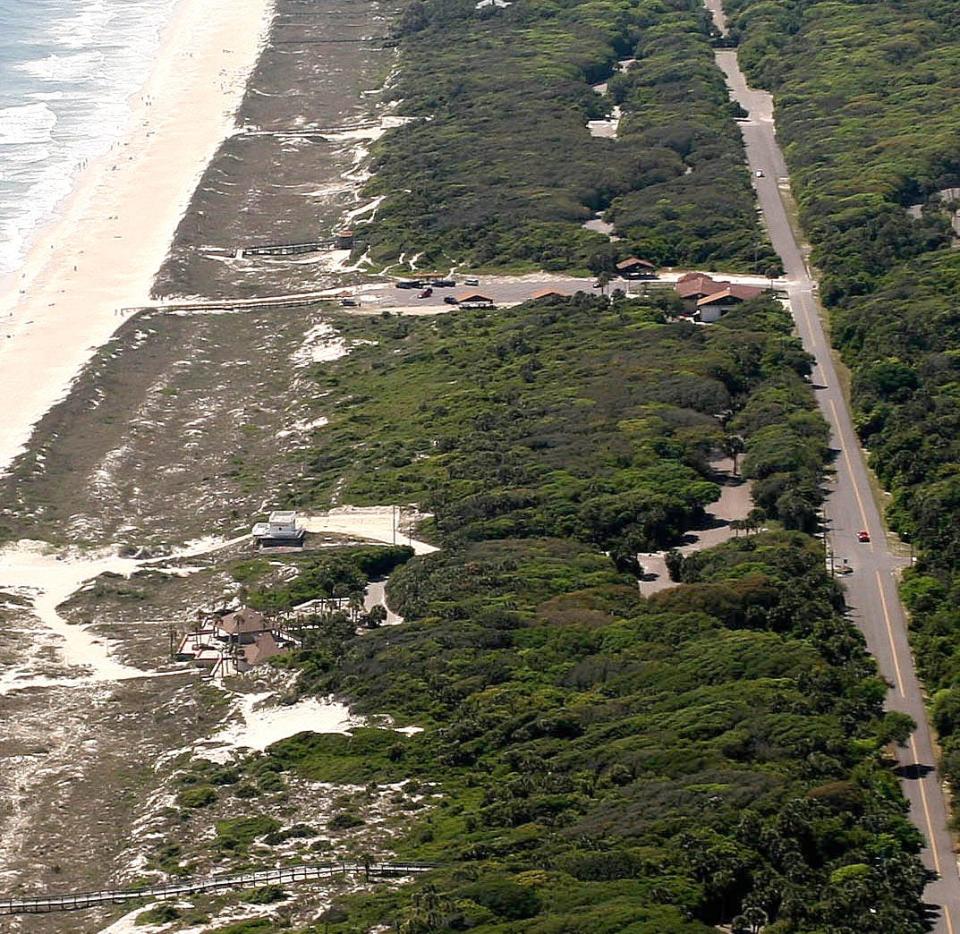
Hanna's 450 acres has a big stretch of wild beach with high dunes, deep forests, a lake, a park for kids, some fine camping, plenty of hiking trails and the area's best surfing and mountain-bike trails.
And this is a pretty good time of year to check all that out.
Manhattan Beach: A resort for African Americans, once flourished in Hanna Park dunes
Segregated Jacksonville: New marker helps restore history of Manhattan Beach
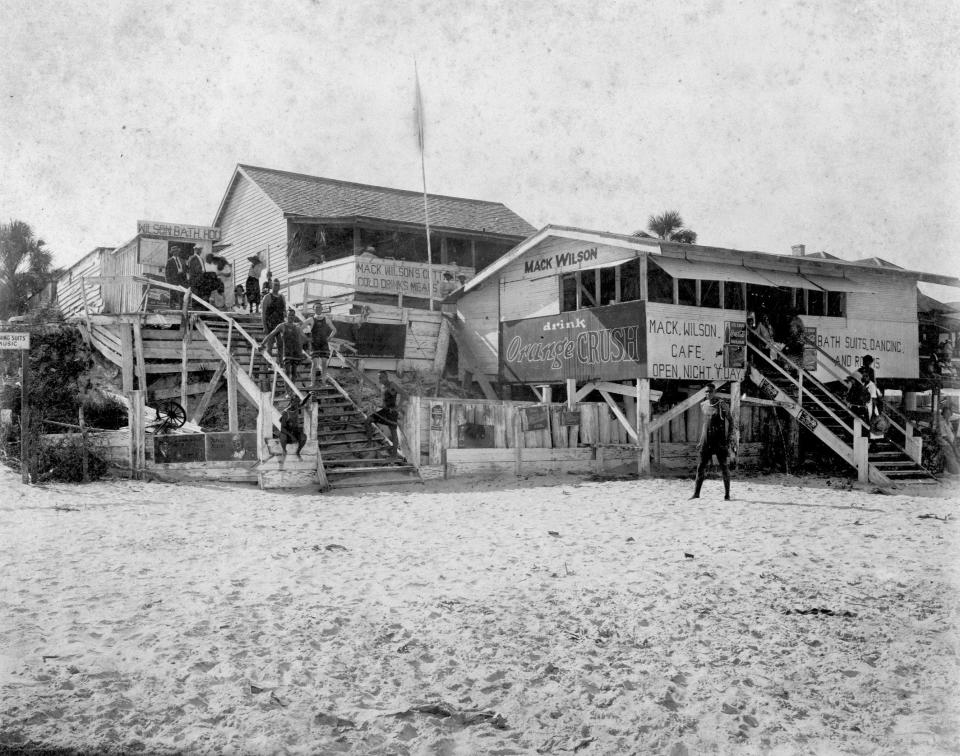
For several decades, starting about 1901, part of what's now Hanna became Manhattan Beach, a refuge for Black beach-goers in segregated Northeast Florida. It was a bustling place that included pavilions and boardwalks, swimsuit rentals, concessions and vacation homes. By the mid-1930s it was mostly gone.
During World War II, as Naval Station Mayport was developed to the north, artillery units manned big guns in the dunes.
Vintage Times-Union: Flagler's Continental Hotel loomed above the wilds of Atlantic Beach
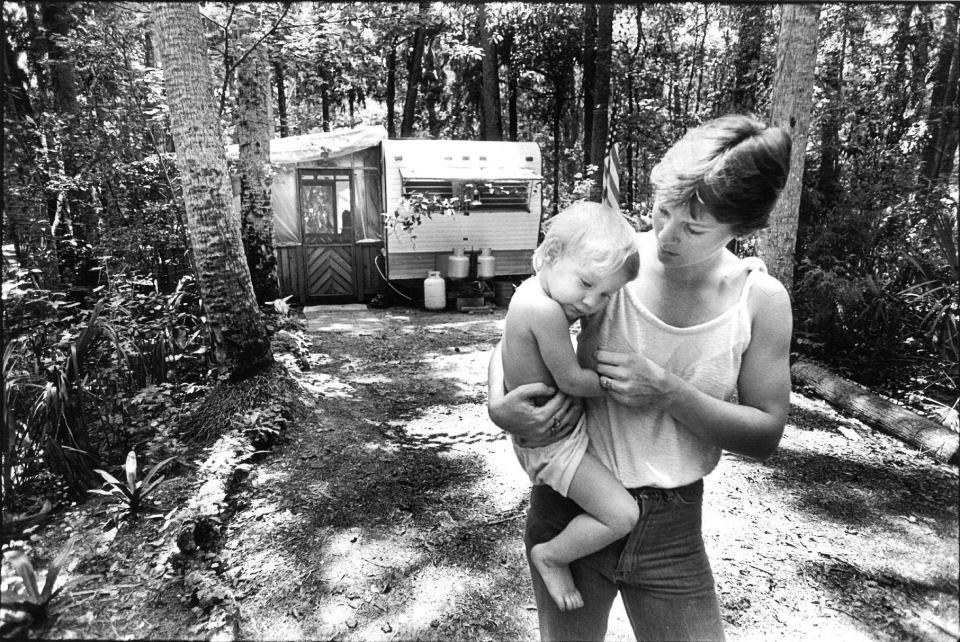
After that, it was mostly unpopulated, with a back road to the Navy base, driving and drinking on the beach and some wild times in the woods, no doubt.
Then in the late 1960s, consolidated Jacksonville, newly crowned the Bold New City of the South, actually took some bold steps and began buying up the land, which in the next several years began to take recognizable shape as today's Hanna.
At the beach: Neptune Beach celebrates 90th anniversary
Jax Beach: During World War II, the Flag boomed on the Jacksonville Beach boardwalk, then burned
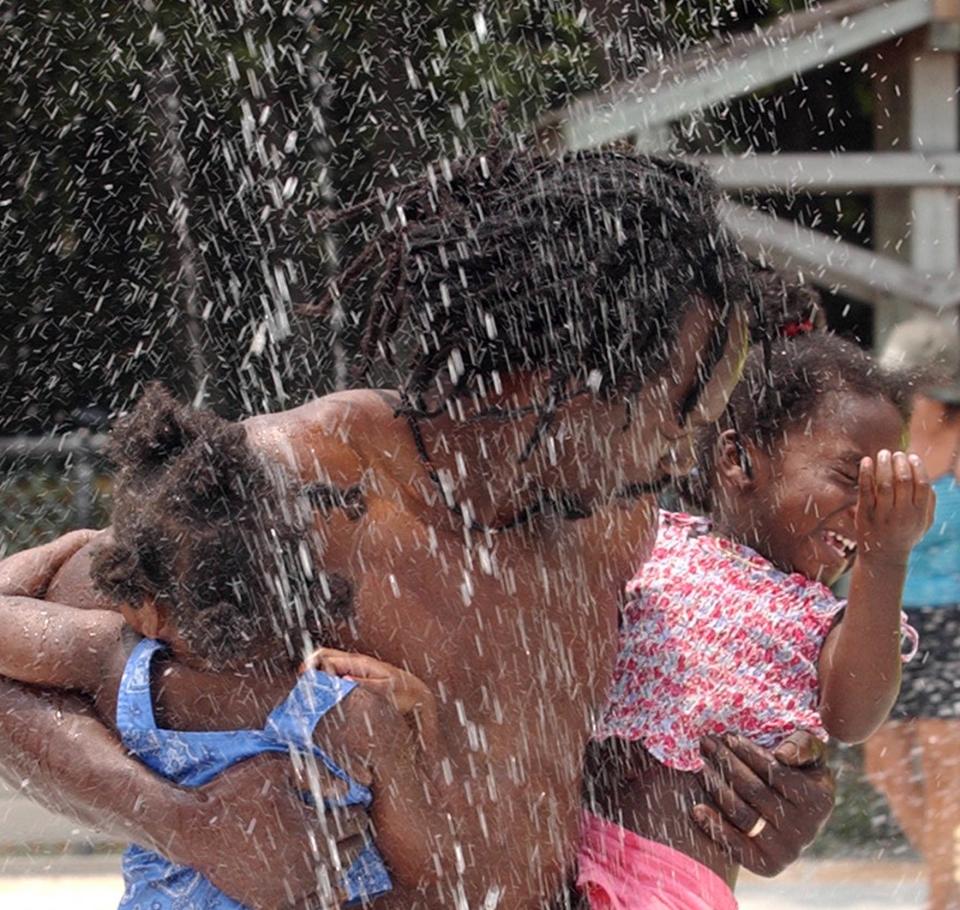
Of course, some developers and real estate people didn't like the idea and fought against it: Think of all the houses and golf courses that could go there.
Just be glad they lost that battle.
This article originally appeared on Florida Times-Union: Jacksonville's oceanfront park, Hanna Park, was work of Bold New City

